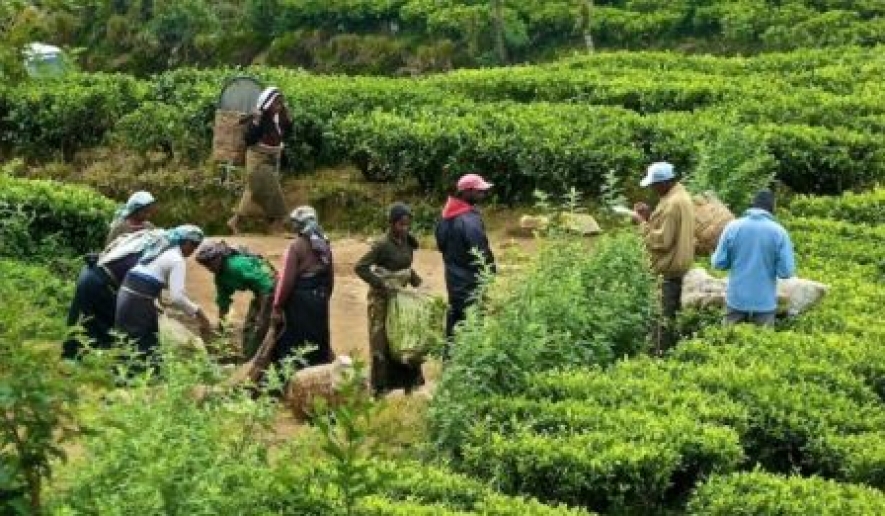The report further said that however, production in December fell by 13.5 percent from a year earlier, the board’s data showed.
Tea production in 2017 was impacted by severe drought followed by flooding, poor application of fertilizers, a government ban on pesticides and restricted labor.
“The country will have to contend with unsettled weather, inability to source cost-effective weedicides, disruption to regular agricultural practices and high cost of fertilizers,” said Anil Cooke, head of Asia Siyaka Commodities, referring to the production outlook for 2018.
“If weather holds, Sri Lanka could reach 320 million kilos (of production) in 2018.”
Tea output in 2016 dropped 11.1 percent, in its third straight yearly decline. Tea export volume dropped to a 14-year low in 2016, broker data showed.
Export earnings fell 5.3 percent to USD 1.26 billion in 2016 from USD1.33 billion in 2015. Sri Lanka recorded its highest earnings of USD1.63 billion in 2014.
Tea is Sri Lanka’s top agricultural export commodity and one of the main foreign currency earners for the USD81 billion economy.



















